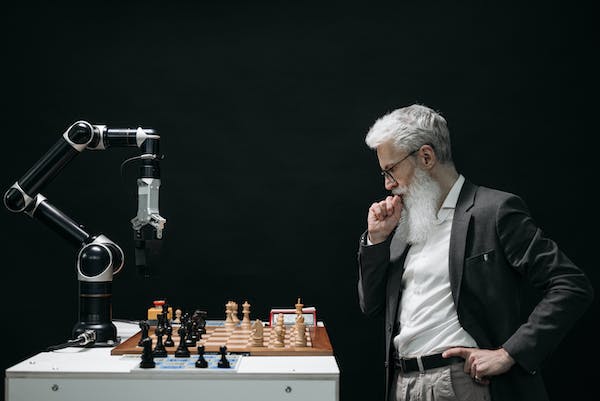
13 Jul AUTOMATION TAKES OVER: ROBOTICS FUTURIST ON FUTURE TRENDS AND INNOVATIONS IN AI
According to top robotics futurists and keynote speakers, what’s the difference between this topic and automation? You may not be aware off-hand, but we’d also guess that you may be interested to learn, especially as relates to how these solutions can be utilized to improve organizational productivity and performance. As a result, we figured we’d take a few minutes out to discuss differences here, and provide some working definitions. Given that we’re often called on to serve as robotics futurists and keynote speakers, here are some of the practical day to day ways we might suggest looking at these two areas of growth and innovation going forward in the months and years to come:
Robotics is a field of engineering that involves the design, construction, operation, and use of robots. The practice is generally accomplished through computer systems for their control, sensory feedback, and information processing. The goal of robotics is to create machines that can substitute for humans and replicate human actions. Automatons and drones can be used in many situations and for many purposes, but today many are used in dangerous environments (including bomb detection and de-activation), manufacturing processes, or where humans cannot survive (e.g. in space, underwater, in high heat, and clean up and containment of hazardous materials and radiation).
Automation, on the other hand, refers to the technology by which a process or procedure is performed with minimal human assistance. If you’ve been keeping an eye on business trends, you doubtless know that it can be applied in many areas such as manufacturing, transport, utilities, defense, facilities, operations, and lately, information technology. Interestingly, the concept has been and continues to be a key component in the industrial revolution and is used to perform tasks that are repetitive, boring, difficult, or dangerous for humans.
All that being said, you’ve also probably noted that the two fields are interconnected, as robotics often involves some level of automation, and many automated systems include robotic components. Yet, at the same time, they aren’t identical: not all automated systems are robotic, and robots don’t necessarily operate autonomously (they might require human control). Thus, robotics can be seen as a subset of automation. Make sense?



